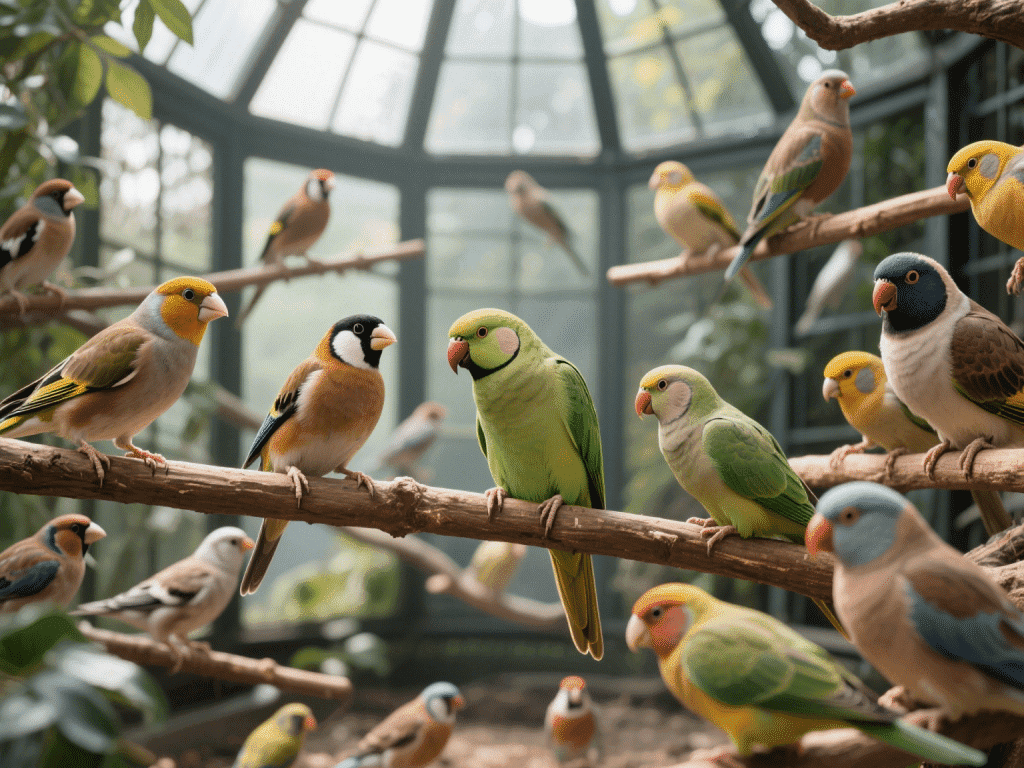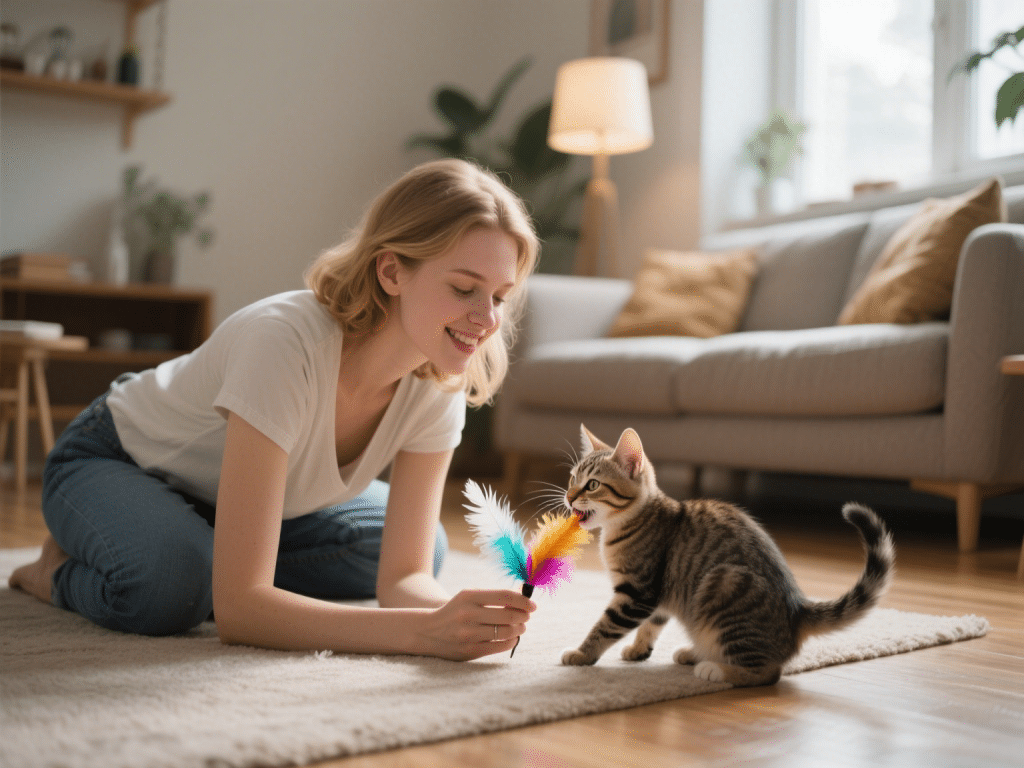
Introduction
Introducing a new puppy to a senior dog requires careful planning. Senior dogs may have reduced patience and mobility, while puppies bring high energy. A gradual, respectful introduction builds positive associations and reduces stress for both dogs.
1. Preparation: Create a Neutral Environment
Neutral Territory: Arrange the first meeting outdoors in a fenced yard to prevent territorial behaviors.
Separate Zones: In your home, establish distinct areas with individual beds, feeding stations, and toys so each dog has personal space.
Scent Familiarization: Before meeting, swap bedding or toys between the dogs so they acclimate to each other’s scent.
2. First Meeting: Leashed and Controlled
Loose Leashes: Keep both dogs on loose leashes to maintain control but allow freedom to approach and sniff.
Calm Introduction: Allow them to observe from a distance; if either shows stress (growling, stiff posture), increase distance.
Positive Reinforcement: When they approach calmly, reward both with treats and gentle praise. Use a calm voice to encourage relaxed behavior.
3. Gradual At-Home Integration
Split Feeding: Feed dogs in separate rooms to prevent resource guarding. Gradually move feeding areas closer over time.
Supervised Interactions: During early days, supervise all interactions. Use baby gates or crates to separate dogs when unsupervised.
Short Play Sessions: Start with brief, supervised play sessions. Use toys and parallel walks to build positive associations without forcing direct interaction.
4. Positive Association Techniques
Parallel Walks: Walk both dogs simultaneously at a comfortable distance, gradually decreasing the space between them as they remain calm.
Shared Activities: Engage dogs in joint activities like obedience training or gentle fetch sessions, rewarding calm cooperation.
Individual Attention: Continue one-on-one time with your senior dog to reassure them of their importance and reduce jealousy.
5. Monitoring & Adjusting
Observe Body Language: Watch for stress signals—lip licking, yawning, or avoidance. If observed, separate dogs and reintroduce later at a reduced intensity.
Respect Senior Dog’s Limitations: Provide elevated beds, soft blankets, and avoid strenuous play that could strain old joints.
Control Puppy Energy: Teach the puppy “leave it” or “settle” commands to manage exuberant behavior around the senior dog.
6. Patience & Consistency
Short Sessions: Keep initial interactions brief (5–10 minutes), increasing duration gradually over 1–2 weeks.
Consistent Routine: Maintain regular feeding, exercise, and rest schedules for both dogs. Predictability reduces anxiety.
Professional Help: If tensions persist, consult a certified dog trainer or behaviorist for tailored guidance.
Conclusion
Introducing a new puppy to a senior dog can be harmonious with patience and careful planning. By creating a neutral meetup space, gradually integrating them at home, and reinforcing positive behaviors, you foster a peaceful coexistence. Respect each dog’s needs and energy levels, ensuring both feel safe, loved, and secure in their shared home.









Comments on " How to Introduce a New Puppy to a Senior Dog Without Stress" :